What is an upside-down smiley ( 🙃 emoji Meaning) ?
An upside-down smiley is a graphical representation of a face, typically yellow, with a turned-up mouth and closed eyes. It is often used to express sarcasm or irony.
What is an upside-down smiley?
An upside-down smiley is a graphical representation of a face, with the eyes and mouth turned upside-down. It is typically used to express sarcasm or irony.
Also read: JP Meaning
History of the upside-down smiley
The upside-down smiley first appeared in the 1970s. It is believed to have been created by American artist Harvey Ball, who designed the original smiley face in 1963. The upside-down smiley is often used to express sarcasm or irony. It can also be used to convey a sense of humor or lightheartedness.
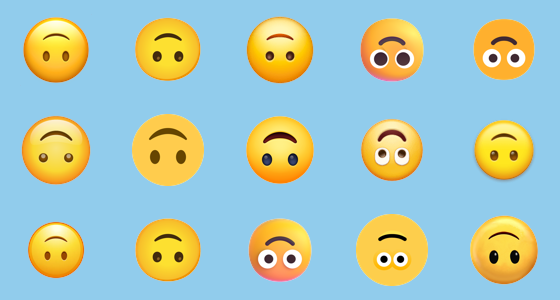
Also read: 🤩 Emoji Meaning
Different meanings of the upside-down smiley
The upside-down smiley can have a variety of meanings, depending on the context in which it is used. Some of the most common meanings include:
- Sarcasm
- Irony
- Disapproval
- Disgust
- Confusion
- Disbelief
- Surprise
- Joking
It is important to note that the upside-down smiley can also be used in a positive way, such as to express happiness or excitement. However, it is more commonly used to convey negative emotions.
The upside-down smiley is often used in online communication, such as in text messages, emails, and social media posts. It can be a way to express emotions that are difficult to convey in words, or to add a touch of humor to a message.
The upside-down smiley is a versatile emoji that can be used in a variety of ways to communicate different emotions. It is a popular choice for online communication, and it is likely to continue to be used for many years to come.
How to use the upside-down smiley
The upside-down smiley can be used in a variety of ways, depending on the context.
* **To express sarcasm or irony.** This is the most common use of the upside-down smiley. For example, you could say “”I’m so happy I failed my exam!”” with a upside-down smiley to indicate that you are actually not happy at all.
* **To show that you are feeling mischievous or playful.** For example, you could say “”I’m up to no good”” with a upside-down smiley to indicate that you are planning something fun or mischievous.
* **To show that you are feeling rebellious or nonconformist.** For example, you could say “”I don’t care what you think”” with a upside-down smiley to indicate that you are not afraid to go against the grain.
* **To show that you are feeling confused or bewildered.** For example, you could say “”I don’t know what’s going on”” with a upside-down smiley to indicate that you are feeling lost or confused.
* **To show that you are feeling indifferent or apathetic.** For example, you could say “”I don’t care”” with a upside-down smiley to indicate that you are not interested or invested in something.
It is important to note that the upside-down smiley can have a negative connotation if it is used in the wrong context. For example, if you use it to express anger or frustration, it could come across as rude or hostile. Therefore, it is important to use the upside-down smiley wisely and in a way that is appropriate for the situation.
Also read: 👀 Eyes Emoji Meaning
Examples of the upside-down smiley in use
The upside-down smiley is often used to express sarcasm or irony. For example, someone might say “”I’m so happy I could die!”” with an upside-down smiley to indicate that they are actually feeling very sad.
The upside-down smiley can also be used to convey a sense of mischief or playfulness. For example, someone might say “”I’m up to no good!”” with an upside-down smiley to indicate that they are planning something mischievous.
Finally, the upside-down smiley can be used to simply convey a sense of indifference or apathy. For example, someone might say “”Whatever”” with an upside-down smiley to indicate that they don’t care about something.
Here are some additional examples of the upside-down smiley in use:
- “”I’m so excited for my vacation!”” (with an upside-down smiley)
- “”I just got a promotion!”” (with an upside-down smiley)
- “”I’m so in love!”” (with an upside-down smiley)
The upside-down smiley in popular culture
The upside-down smiley has been used in popular culture for many years. It is often used to convey sarcasm or irony, and it can also be used to express happiness or joy.
Some examples of the upside-down smiley in popular culture include:
- The upside-down smiley is the logo for the rock band The Smashing Pumpkins.
- The upside-down smiley is used in the title of the song “”Upside Down”” by the band Kesha.
- The upside-down smiley is featured in the movie “”The Breakfast Club””.
- The upside-down smiley is used in the TV show “”The Simpsons””.
The upside-down smiley is a versatile symbol that can be used in a variety of ways. It is a popular choice for use in social media, and it is also often used in marketing and advertising.
The upside-down smiley is a fun and creative way to express yourself. It is a symbol that is sure to make people smile.
The upside-down smiley in marketing
The upside-down smiley has been used in marketing for a variety of purposes, including:
- To convey a sense of humor
- To show that something is ironic or sarcastic
- To create a sense of mystery or intrigue
- To make a product or service seem more fun or approachable
Here are some examples of how the upside-down smiley has been used in marketing:
- In a 2014 Super Bowl ad, the company Doritos used an upside-down smiley to promote its new product, Doritos 3D Crunch. The ad featured a group of people eating Doritos 3D Crunch and making upside-down smiley faces.
- In a 2015 ad campaign, the company Old Spice used an upside-down smiley to promote its new product, Old Spice Fresh. The ad featured a man wearing an upside-down smiley T-shirt.
- In a 2016 ad campaign, the company Geico used an upside-down smiley to promote its new product, Geico Pay Per Mile. The ad featured a man driving a car with an upside-down smiley on the bumper.
The upside-down smiley can be a powerful tool for marketers, as it can help to create a memorable and engaging message. However, it is important to use the upside-down smiley in a way that is appropriate for the target audience and the message that is being conveyed.</p
Conclusion
The upside-down smiley is a versatile and often misunderstood emoji. It can be used to express sarcasm, irony, or disbelief. It can also be used to convey a sense of humor or playfulness. When used correctly, the upside-down smiley can add depth and nuance to your communication.
However, it is important to use the upside-down smiley sparingly. If you overuse it, it will lose its meaning and become ineffective. It is also important to use the upside-down smiley in the right context. If you use it in a serious conversation, it could be misinterpreted.
Overall, the upside-down smiley is a powerful tool that can be used to communicate a variety of emotions. However, it is important to use it wisely and in the right context.

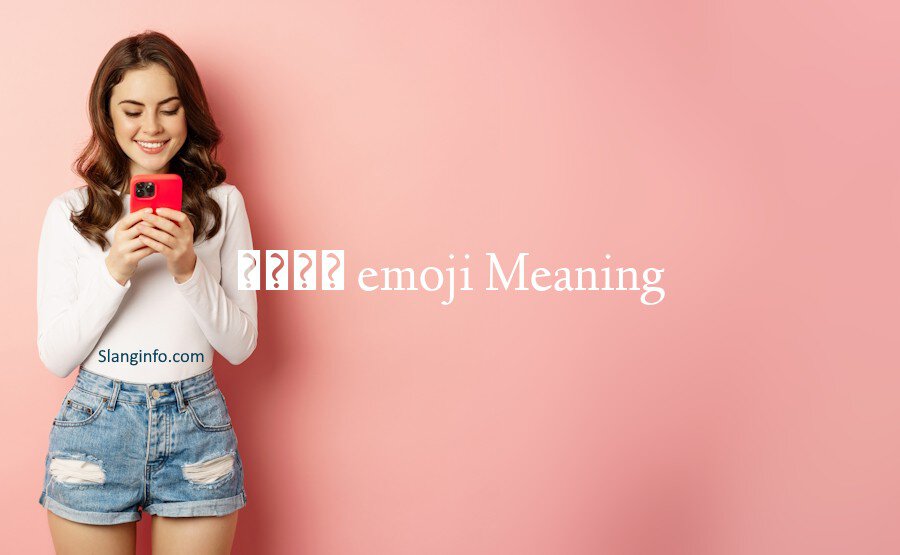
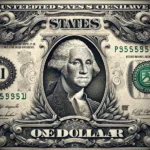

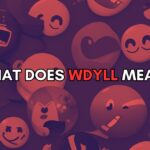
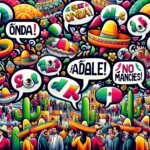

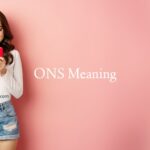
2 thoughts on “🙃 emoji Meaning”